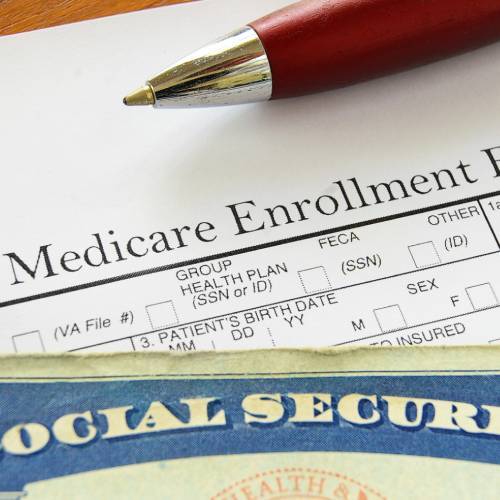
What We've Accomplished and What We Need

We Brought Structure to What Felt Unstructured
Today’s healthcare system has no choice but to assume patients are ready to participate. But they aren’t. Diagnosis doesn’t equal understanding. Navigation doesn’t happen by accident. People are overwhelmed. Confused. Disconnected.

We Built the Framework That Needed Designing
The Patient Better Project is the nonprofit engine behind MAPS. We develop the documentation, training, and licensing structure that prepares people to engage in their care. Our nonprofit builds, maintains, and protects the behavioral tools needed to create a national patient engagement infrastructure.

This Model Is Ready to Scale—And to Support Policy
MAPS is not an app or a service—it’s a measurable, auditable system. It’s ready to be implemented across Medicare Advantage plans, primary care settings, health equity initiatives, and CMS innovation models. We provide the framework. Policymakers and payers can now put it into action.

Policymakers Can Champion for Real Care Access Improvement
As we license behavior-based engagement, what we truly offer is infrastructure that helps patients succeed in today’s fragmented medical landscape. MAPS empowers our system leaders to verify participation, reduce provider burden, improve documentation, and finally close the engagement gap.

Our Ask: Help Us Put MAPS Into Policy
We’re not asking for a pilot. We’re offering a working model. MAPS is ready to scale—and we’re asking for partners, advocates, and leaders to help us embed it into healthcare infrastructure where it belongs. If we want participation, we have to prepare people to participate.